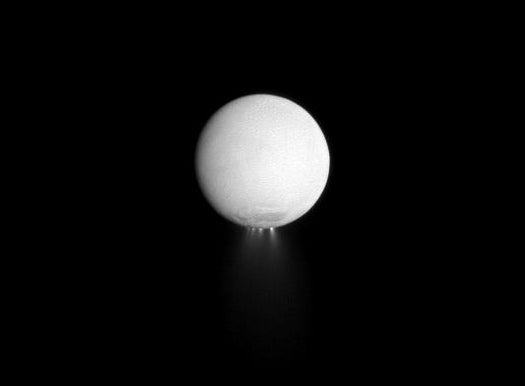New Report Urges Extreme Caution Against Infection When Landing on Alien Worlds
As Earth humans begin to seriously consider sending missions to icy worlds like Europa and Enceladus, one of the necessary...

As Earth humans begin to seriously consider sending missions to icy worlds like Europa and Enceladus, one of the necessary concerns has to be protection of the environment where such a mission would land. It would be a shame to arrive on a fascinating alien world only to immediately seed it with Earth microbes, carelessly infecting the local ecosystem, ruining the unique scientific opportunity and possibly incurring the wrath of the local alien ruler.
A new assessment by the Space Science Board looks at which destinations are most in need of protection from microbes — Europa, Enceladus, Titan, and Triton, it concludes — and sets out a series of protocols for deciding how and where best to assess and deal with the risk.
COSPAR [Committee on Space Research] guidelines require that less than 1 in 10,000 missions will deliver a single viable microbe that is able to grow on a solar system destination, i.e., a 10-4 probability of contamination per mission flown. Failure to meet this mandated objective could impose requirements for more stringent cleaning or terminal bioload-reduction procedures comparable to that employed by the Viking missions. In extreme cases, satisfying planetary protection requirements might require spacecraft redesign or cancellation of an entire mission.
The report is available as a free PDF here.